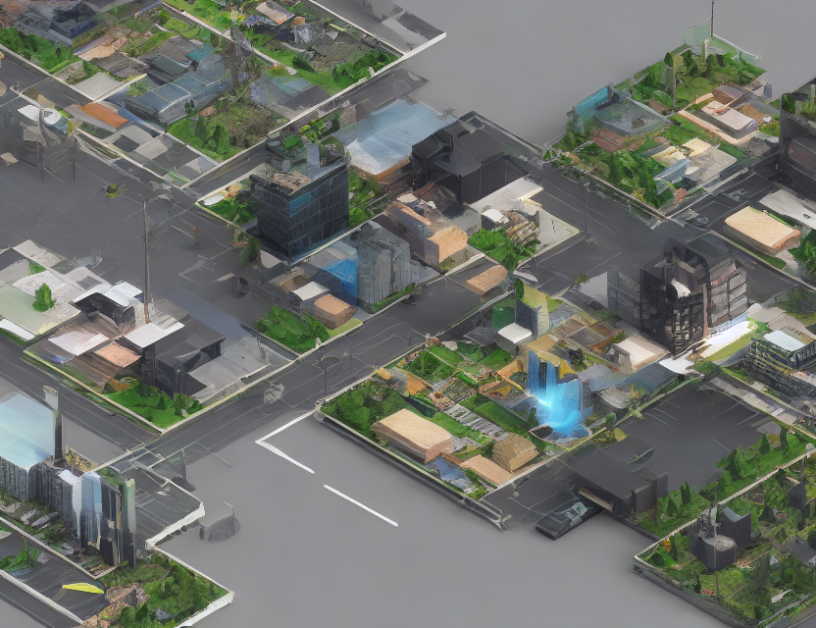In this paper, the authors propose a novel approach to image generation called elastic weight consolidation (EWC). The goal is to create images that are both visually appealing and semantically similar to the target domain. To achieve this, EWC uses a combination of few-shot learning and elastic weight consolidation techniques.
Few-shot learning is like trying to solve a puzzle with only a few pieces. The model needs to learn how to generate images from just a small number of examples. In contrast, traditional image generation methods require a large dataset to train the model.
Elastic weight consolidation is a way to smooth out the weights of the model so that they are not too sensitive to small changes in the input data. It’s like using a rubber band to stretch the weights of the model, allowing it to adapt to new situations more easily.
The authors use a combination of these techniques to generate images that are both visually appealing and semantically similar to the target domain. They demonstrate the effectiveness of their approach on several benchmark datasets and show that it outperforms existing methods.
One interesting aspect of their approach is the use of prompts to guide the generation process. Prompts are like a set of instructions that tell the model what kind of image to generate. By using different prompts, the authors can generate images that are tailored to specific tasks or domains.
Overall, this paper presents a novel approach to few-shot image generation that leverages elastic weight consolidation and prompt engineering. The proposed method has important implications for applications where image generation is critical, such as computer vision, robotics, and virtual reality.
Computer Science, Computer Vision and Pattern Recognition
Enhancing Image Generation with Domain Adaptation via Hybrid Domain Adaptor



